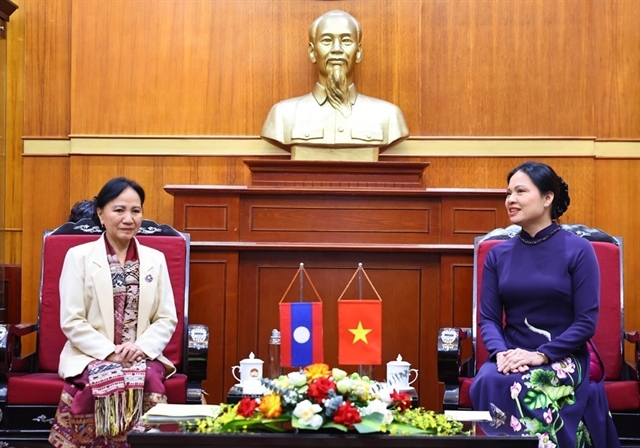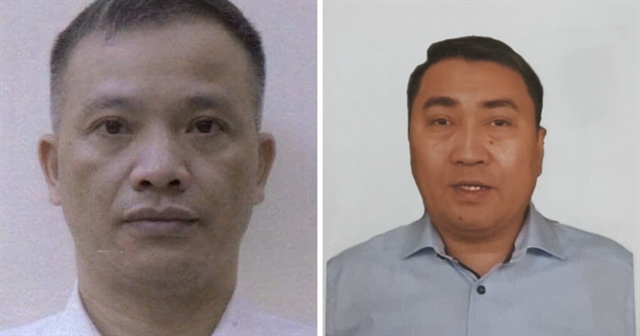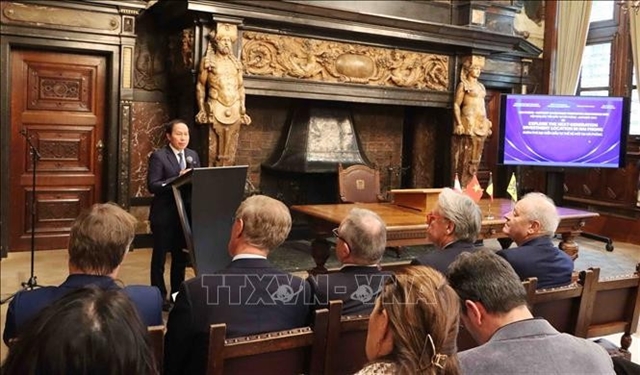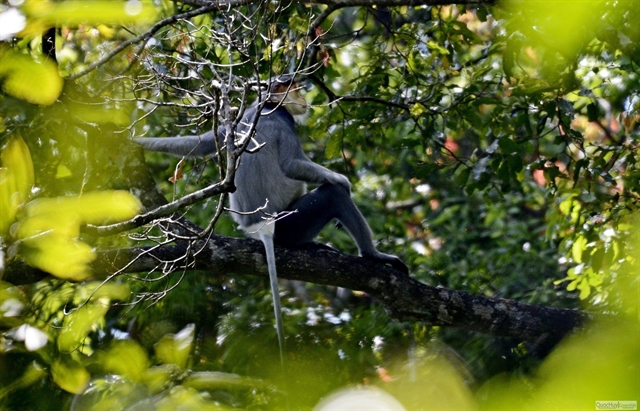 Environment
Environment

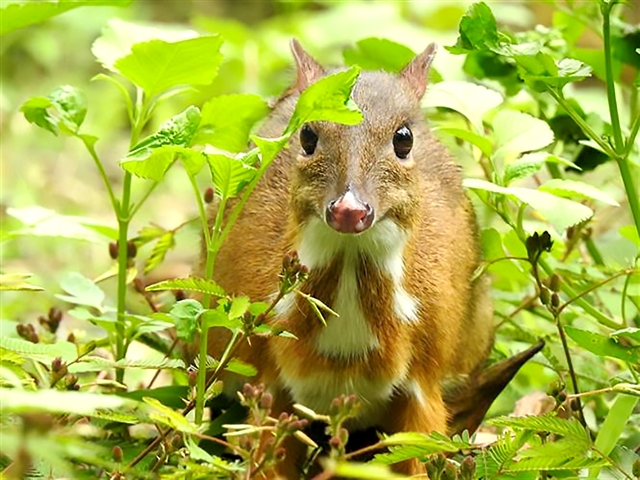 |
| The lesser mouse-deer (Tragulus kanchil) spotted at Bến En National Park in Thanh Hóa Province. — VNA/VNS Photo Nguyễn Nam |
HÀ NỘI — Deputy Prime Minister Trần Hồng Hà has approved the national programme for the conservation of endangered, precious and rare wildlife species prioritised for protection through 2030, with a vision to 2050.
The program aims to conserve and restore at least three species in captivity and reintroduce them back into the wild by 2030.
In Decision No 49/QĐ-TTg dated January 8, 2025, Deputy PM Hà emphasised that the programme’s goal is to restore, protect and sustainably develop endangered, precious and rare wildlife species prioritised for protection. This aligns with the national biodiversity strategy by 2030, with a vision to 2050, contributing to socio-economic development oriented towards a green economy and proactive climate change adaptation.
The programme seeks to effectively conserve endangered, precious and rare wildlife species prioritised for protection, including improving the population status of at least ten species and conserving and restoring habitats of such species.
It also aims to increase the number of species bred in captivity for conservation and reintroduced into the wild to restore populations.
By 2030, the programme targets that 100 per cent of endangered, precious and rare wildlife species prioritised for protection will have management and monitoring plans in place at nature reserves, biodiversity-rich areas and biodiversity conservation facilities.
Policies and legal frameworks for the conservation of endangered, precious and rare wildlife species will be further refined, with strengthened organisational and management capacities to effectively control, prevent and mitigate risks, threats and negative impacts on wildlife populations and their habitats.
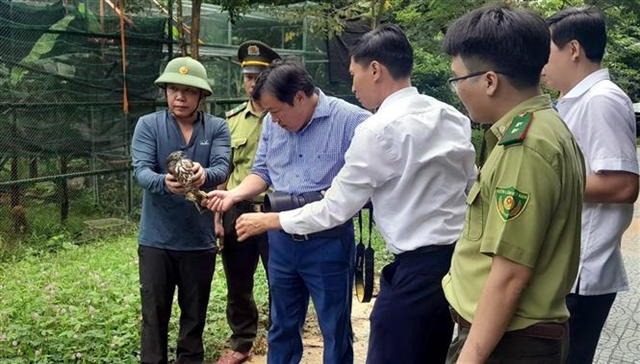 |
| An Indian falcon was released back into the wild on September 25, 2024, in Quảng Bình Province. — VNA/VNS Photo |
Key tasks under the programme include investigating, assessing and building a database of endangered, precious and rare wildlife species prioritised for protection. The programme will also expand and enhance in-situ conservation measures for these species and conduct translocation conservation where necessary.
Additionally, efforts will focus on improving law enforcement and controlling activities that negatively impact endangered wildlife species.
Implementation strategies include refining policies and laws related to wildlife conservation, enhancing conservation capacities, raising public awareness through communication efforts, and promoting scientific research, technology transfer and development in wildlife conservation.
The programme also seeks to mobilise resources and encourage broad societal participation, as well as strengthen international cooperation in wildlife conservation.
It will encompass four key principles: investigating, assessing, and building a database on endangered, precious and rare wildlife species prioritised for protection, developing and implementing pilot in-situ conservation models for such species, creating and implementing pilot models for captive breeding and reintroduction to restore populations of critically endangered species and developing emergency action plans to conserve species at high risk of extinction.
In Việt Nam, there are 83 endangered, precious and rare wildlife species prioritised for protection, including species such as the Indochinese silvered langur (Trachypithecus germaini), the Cát Bà langur (Trachypithecus poliocephalus) and the black-shanked douc langur (Pygathrix nigripes). — VNS

